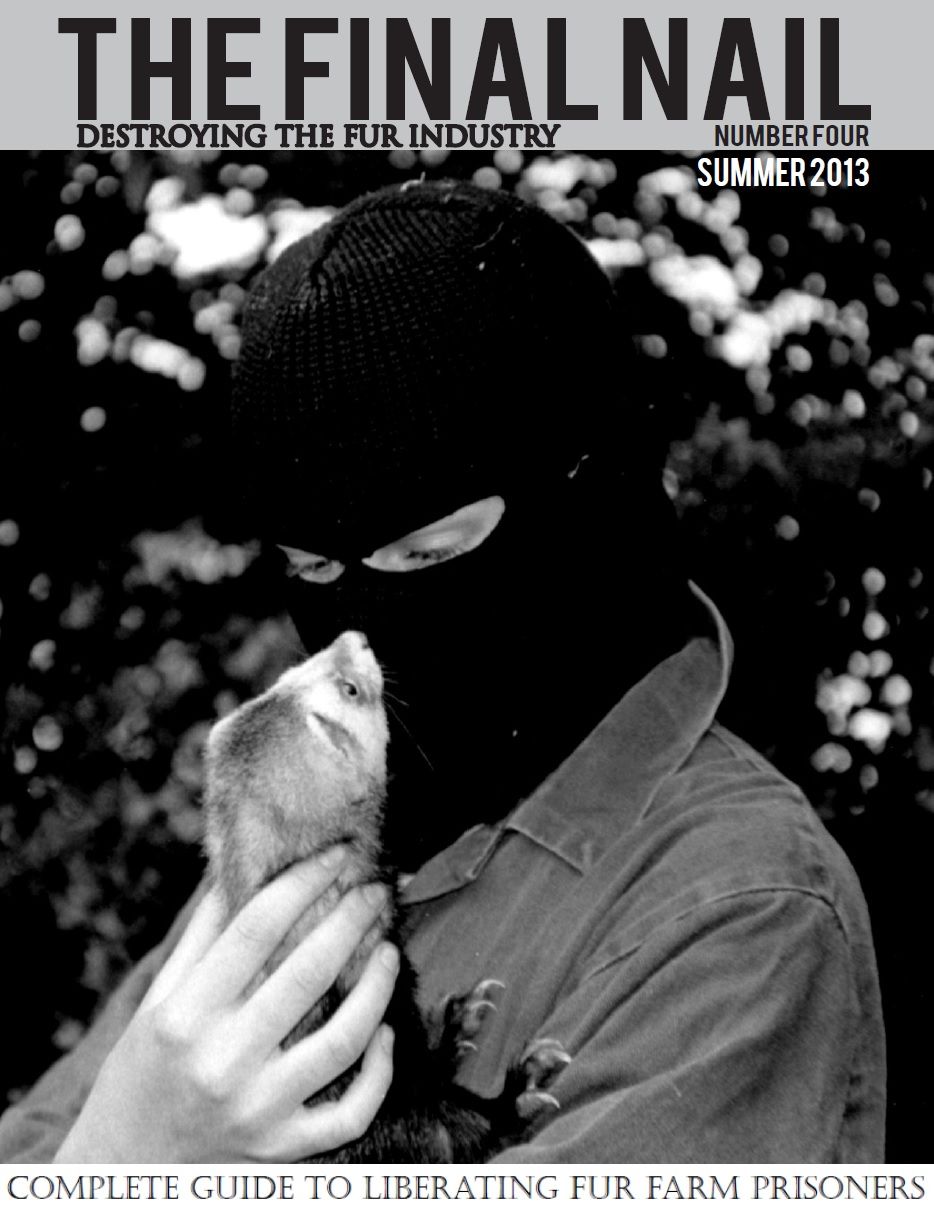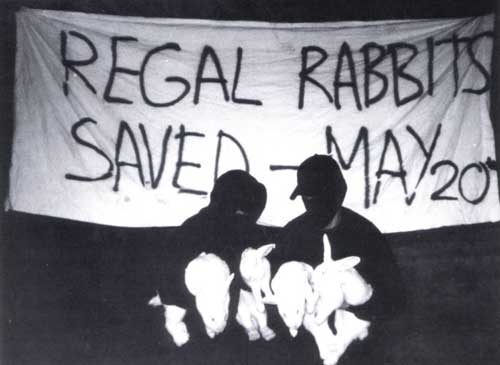
#Marshall farms animal liberation front pdf
While this text contains no index, the pdf is fully searchable. For others, this means that the book can be an excellent supplement and helpful preparatory tool, but that the student experience of context, narrative, and stakes will have to be presented in lecture or in other readings. For some, this may be a strength as well. But whereas many introductory texts expend much energy painting a story that will draw students along, motivating the questions posed, this book jumps straight to the meat of arguments. The questions posed, the links to additional material, the argument summaries offered, the discussion questions collected, and the paper topics suggested are all excellent for helping a teacher craft their own class. The book presents itself as supplemental to Singer's "Animal Liberation", Regan's "Empty Cages", and Rowland's "Animals Like Us." I would add that it is more of a teacher's guide than a book to ask introductory students to read. Reviewed by Cheri Carr, Associate Professor, LAGCC on 5/17/19 I am planning to use the book for my critical thinking course.

The book is primarily written for a Western audience.

“Here this person probably does not mean to say your making these donations are morally obligatory, morally required, or a moral duty” (8).ĭiscussions of pets, hunting, factory farming, etc. The book contains a few instances of grammatically inconsistent formulations: e.g. The book is available in four different formats and it clearly explains the conditions of use. This shift from the abstract to the concrete culminates suitably in the last chapter on a discussion on activism. In the subsequent chapters, the author gradually moves from abstract philosophical issues (such as animal minds, animal rights to) more practical issues including wearing and eating animals, and petting and hunting animals. The opening chapter introduces the readers to ethics, logic and animal ethics. The readings by all three authors (Singer, Regan and Rowlands) are distributed across the chapters in a very cohesive way each new chapter builds its discussion on the last. In each chapter, the reader is guided through a nicely structured discussion of topics and questions. The book presents its material in a consistent manner. It reads as if the author was teaching a class, and we as readers were listening to the instructor explaining and expounding on the material. One of the strengths of this book is its lucid style. This book will be quite useful and relevant to both the instructors and students looking for an easy-to-find and easy-to-follow textbook with ready discussion questions and ideas for short papers. The author clearly presents the arguments, and is faithful to the sources discussed. This book is ready to be used in an introductory course not just on animal studies but also on logic, ethics and even critical thinking in general. The result is an intertextual, interdisciplinary montage of sources, ideas and arguments. The author even tries to be “populist” by recommending YouTube videos of relevant figures. Perhaps the most effective element of the book is the “Readings” section in which the author lists a bunch of sources with external links for the really inquisitive and adventurous learners.

The examples used in the book, and the discussion questions supplied at the end of each chapter also help readers get a detailed picture of the topics covered. The summary of moral theories on pages 14 &15 is a clear indication of the book’s ambitious plan to be as extensive as possible within the scope available to a supplementary text. The book aims at being a comprehensive guide to the issues of animal ethics by covering or engaging with many of the popular questions in the field. The content of the text is presented in a very reader-friendly way while still maintaining its academic tone and texture. Though primarily focused on the works by Peter Singer, Tom Regan and Mark Rowlands, this book provides readers with a comprehensive list of ideas and arguments pertaining to the topics of animals and ethics. Reviewed by Puspa Damai, Associate Professor, Marshall University on 3/4/20


 0 kommentar(er)
0 kommentar(er)
